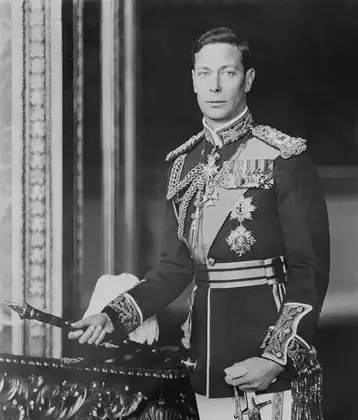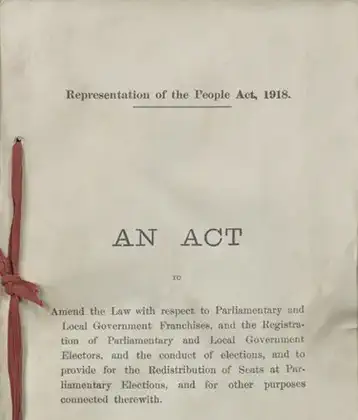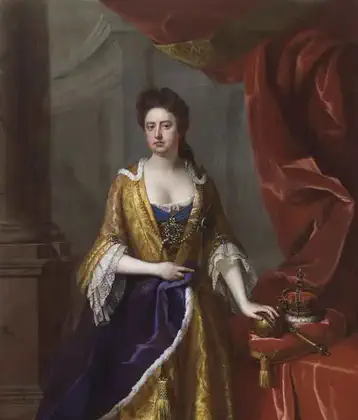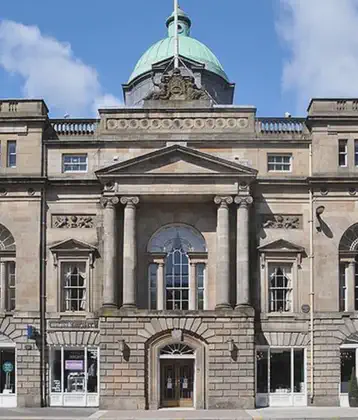On February 06, 1685 in Celtic History
James vii crowned king of england, scotland, and ireland

James VII crowned King of England, Scotland, and Ireland following the death of his father King Charles II.
King Charles II of England, Scotland, and Ireland died on February 6, 1685. His death marked the end of a reign that began in 1660 with the Restoration of the monarchy after the Commonwealth period that followed the English Civil War.
Charles II’s reign was notable for the Restoration of the monarchy and the Church of England after the Puritan Commonwealth period, the development of the British political system towards a form of constitutional monarchy, and the handling of various political and religious tensions. He navigated the complexities of balancing the interests of different political and religious factions, including dealing with the aftermath of the civil war, the Great Plague of 1665, the Great Fire of London in 1666, and various conflicts with the Dutch.
Charles did not have any legitimate children, despite being married to Catherine of Braganza. He acknowledged numerous illegitimate children with various mistresses, which has led to him being remembered as one of the most prolific of British monarchs in terms of illegitimacy. His lack of a legitimate heir meant that he was succeeded by his brother, James, Duke of York, who became King James II of England and VII of Scotland. James II’s reign would eventually lead to the Glorious Revolution of 1688, largely because of his Catholic faith and the threat it posed to the Protestant establishment in England, resulting in his deposition and the establishment of William III and Mary II as co-rulers.
More From This Day


Representation of the people Act received Royal assent, granting votes to women over the age of 30
February 06, 1918



Anne, Queen of Great Britain and Ireland, the last British sovereign of the House of Stuart was born
February 06, 1665

The Trades House of Glasgow was founded to represent the interests of the craftsmen
February 06, 1605